Ulm-Ringingen, Baden-Württemberg, southwestern Germany: Holger Krisp (Holleday), CC BY 3.0, via Wikimedia Commons @ https://commons.wikimedia.org/wiki/File:Arion-subfuscus-braune-wegschnecke.jpg
"Flipped and relabeled image so that pneumostome is on right side of body.": Billlion, CC BY-SA 3.0, via Wikimedia Commons @ https://commons.wikimedia.org/wiki/File:Slug_parts.png
Lakewood, Jefferson County, north central Colorado: Joseph Berger, CC BY 3.0 US, via Wikimedia Commons @ https://es.wikipedia.org/wiki/Archivo:Deroceras_reticulatum.png
photo taken under awning of unused sandbox: Lokilech, CC BY-SA 3.0, via Wikimedia Commons @ http://en.wikipedia.org/wiki/File:Tigerschnegel_Einablage.jpg
found under stone in garden in Weimar, Thuringia, central Germany: Lipedia, CC BY 3.0, via Wikimedia Commons @ http://commons.wikimedia.org/wiki/File:Slug_eggs_and_baby.jpg
John W. Taylor, Monograph of the Land & Freshwater Mollusca of the British isles (1907), Fig. 56, p. 37: Not in copyright, via Internet Archive @ https://archive.org/details/monographoflandf814tayl/page/37/mode/1up; via Biodiversity Heritage Library @ https://www.biodiversitylibrary.org/page/13171826
northern Germany: Soebe, CC BY-SA 3.0, via Wikimedia Commons @ https://en.wikipedia.org/wiki/File:Carabus_auratus_with_prey.jpg
French malacologist Jacques Philippe Raymond Draparnaud (June 3, 1772–1804) gave scientific name to dusky slug in 1805.: Gary Bernon, USDA APHIS, Bugwood.org, CC BY 3.0, via Forestry Images @ https://www.forestryimages.org/browse/detail.cfm?imgnum=1192005
Lakewood, Jefferson County, north central Colorado: Joseph Berger, Bugwood.org, CC BY 3.0, via Forestry Images @ https://www.forestryimages.org/browse/detail.cfm?imgnum=5386118
Carl Linnaeus (May 23, 1707–January 10, 1778) assigned scientific name to leopard slug in 1758.: Noj Han (nojhan), CC BY-SA 2.0, via Flickr @ https://www.flickr.com/photos/nojhan/2202913365/
John W. Taylor, Monograph of the Land & Freshwater Mollusca of the British isles (1907), Plate VI, opp. p. 46: Not in copyright, via Internet Archive @ https://archive.org/stream/monographoflandf814tayl#page/n84/mode/1up; Not in copyright, via Biodiversity Heritage Library @ https://www.biodiversitylibrary.org/page/13171836
November 17, 2010-April 18, 2011 exhibit, MoMA Lobby, 53rd Street exit: Charles16e, CC BY 2.0, via Flickr @ https://www.flickr.com/photos/carlmikoy/5527925880/
John W. Taylor, Monograph of the Land & Freshwater Mollusca of the British isles (1907), Figure 57, p. 37: Not in copyright, via Internet Archive; Not in copyright, via Biodiversity Heritage Library @ https://www.biodiversitylibrary.org/page/13171826
Die Gartenlaube, 1897, no. 27, p. 449: Public Domain, via Wikimedia Commons @ https://commons.wikimedia.org/wiki/File:Die_Gartenlaube_(1897)_b_449.jpg; via Wikisource @ https://de.wikisource.org/wiki/Die_Gartenlaube_(1897)/Heft_27


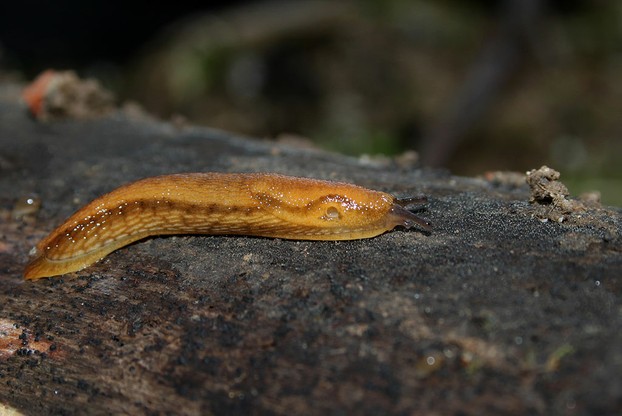
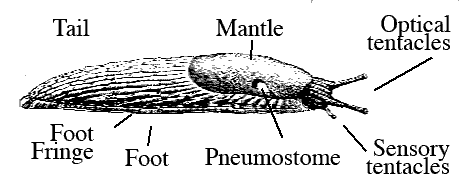
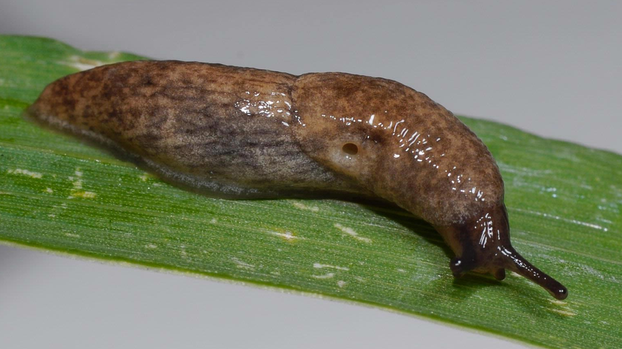
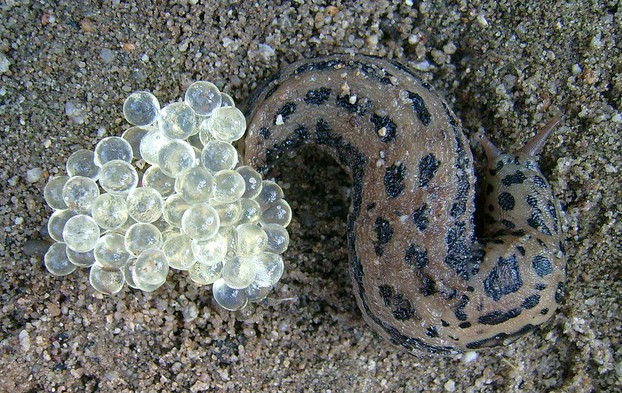
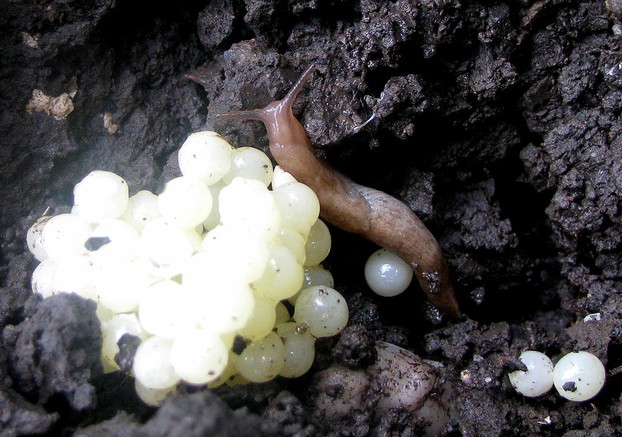
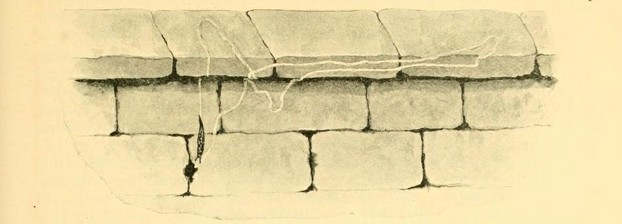
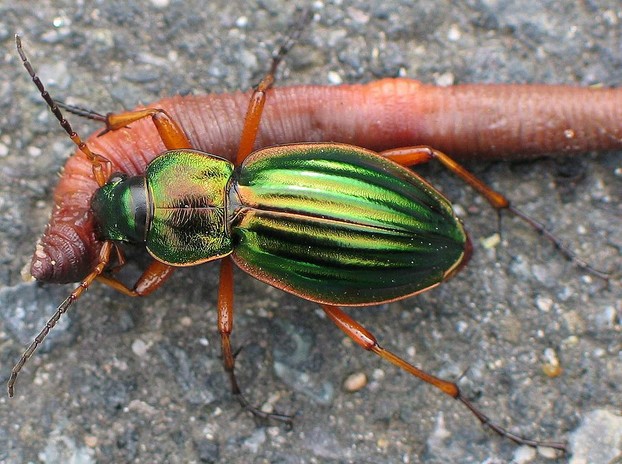
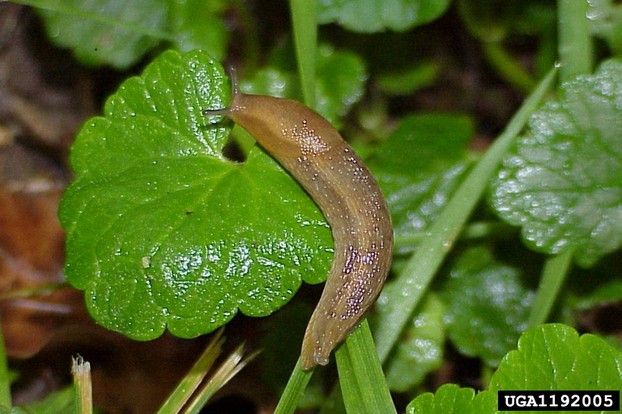
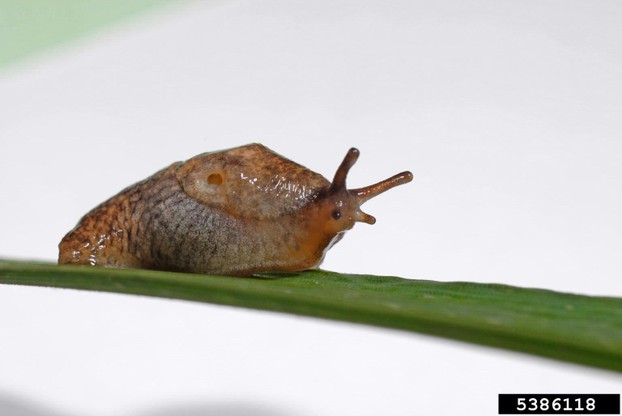
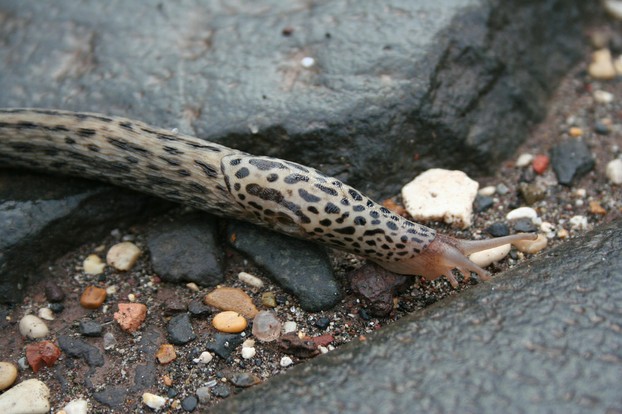
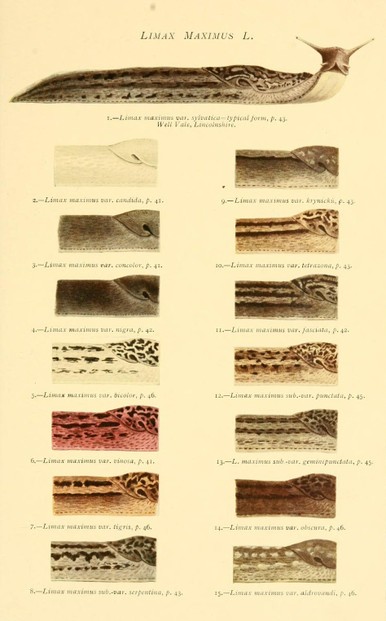

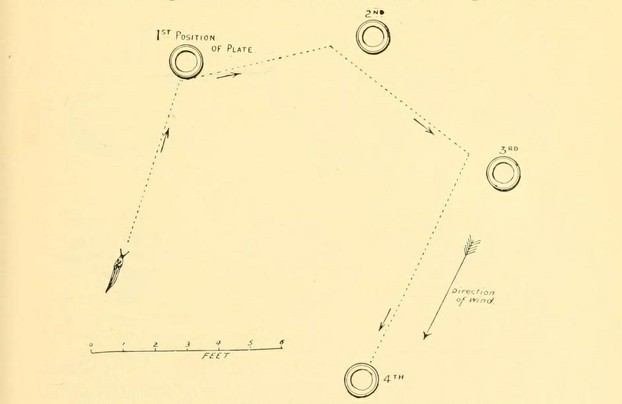
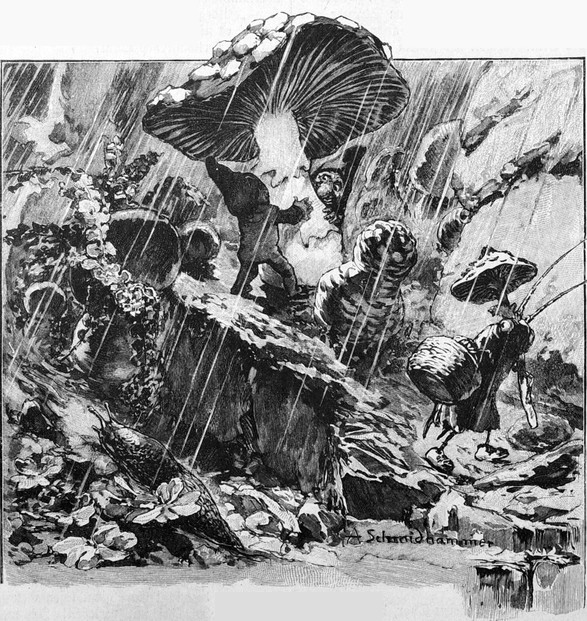


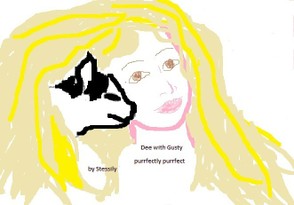
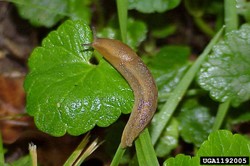

 Mailing Addresses for 2023 Form 4868 Extending 1040 and 1040SR April 15, 2024, Due Date8 days ago
Mailing Addresses for 2023 Form 4868 Extending 1040 and 1040SR April 15, 2024, Due Date8 days ago
 Mailing Addresses for 2023 Forms 1040 and 1040SR Filed in 20248 days ago
Mailing Addresses for 2023 Forms 1040 and 1040SR Filed in 20248 days ago
 Mailing Addresses for 2022 Form 4868 Extending 1040 and 1040SR April 18, 2023, Due Dateon 04/13/2023
Mailing Addresses for 2022 Form 4868 Extending 1040 and 1040SR April 18, 2023, Due Dateon 04/13/2023
 Mailing Addresses for 2022 Forms 1040 and 1040SR Filed in 2023on 04/13/2023
Mailing Addresses for 2022 Forms 1040 and 1040SR Filed in 2023on 04/13/2023

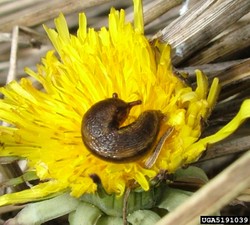
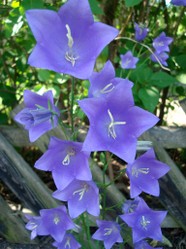
Comments